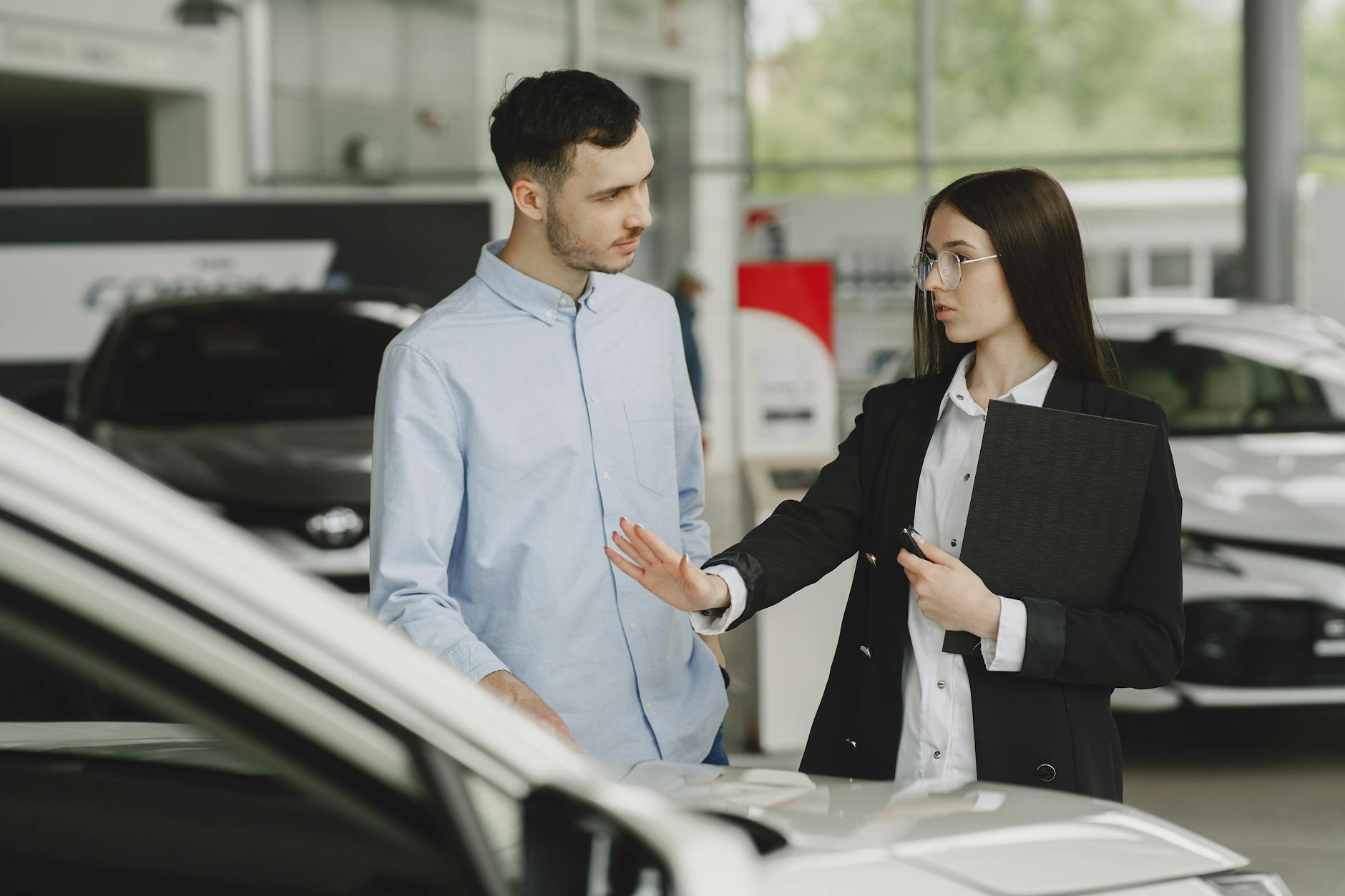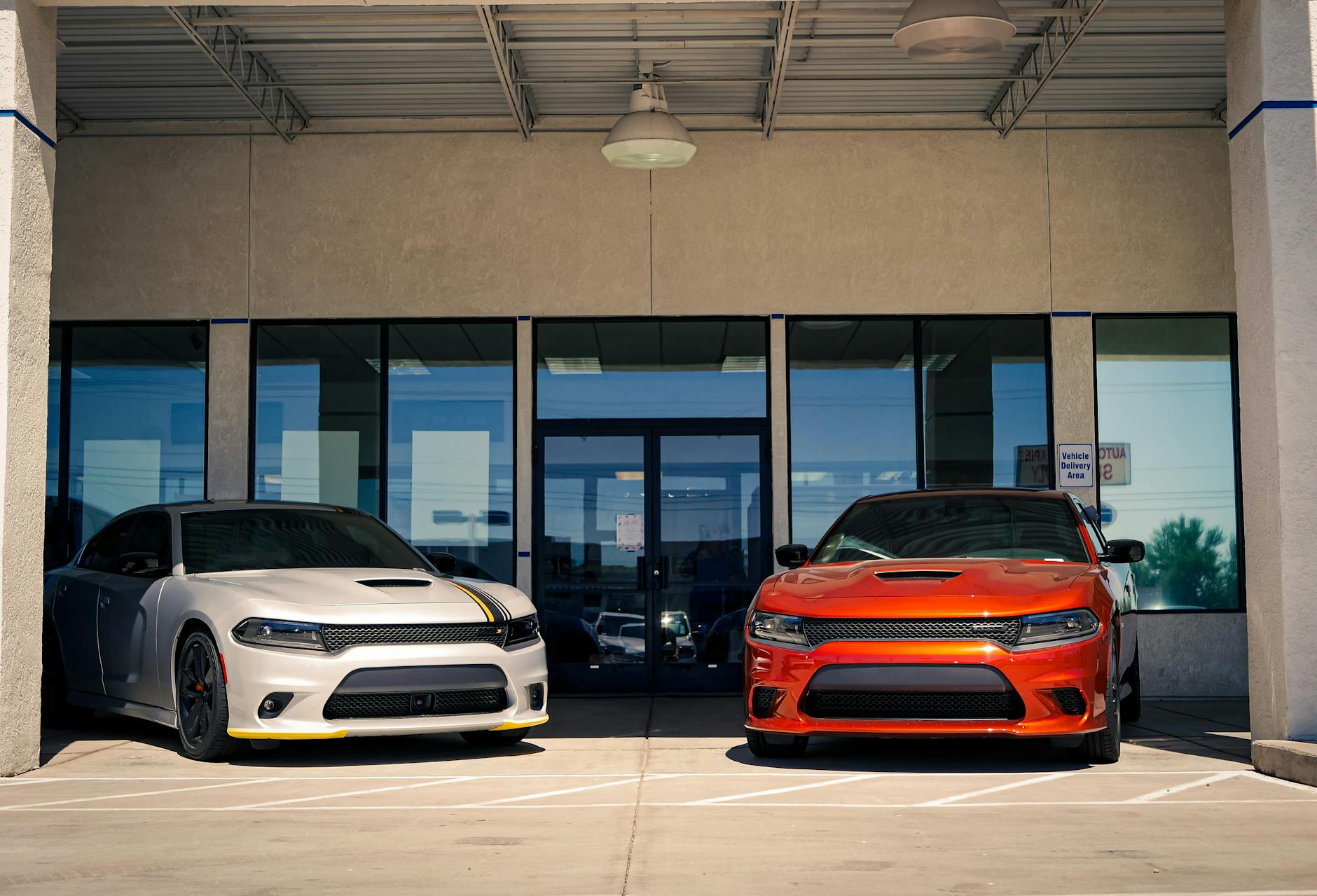
How the Pandemic has Changed Car Buying
As a family, we have owned a fair number of cars over the years, from my first little car to my now huge (and getting smaller by the minute) MPV. We’ve bought from small local businesses, car dealerships and even family friends, so you could say we know how to purchase a car. However, we’ve since had a global pandemic, Russia invading Ukraine, and let’s not forget Brexit. Over the last two years, nothing has gone as expected. It’s been hard to adjust to this apparent “new normal” – I’m never going to like that saying! We must consider its effect across all industries; the automotive industry is also affected. How has the pandemic impacted car buying?

Car Buying Trends for 2025
Things are changing; car buyers are already looking for more environmentally friendly alternatives, as the sale of fuel-powered vehicles is expected to fade out by 2040. This made me consider what other car-buying trends there are for 2025.
Online car purchasing
According to Forbes, a recent study concluded that millennials and those under 40 were more likely to buy a new or used car online, with only 26% of millennials purchasing from dealerships. However, my recent car research indicates that some dealerships allow you to build your car online and finalise the purchase with a telephone call.
Unfortunately, with the increase in prices and chip shortages, customers are turning to used vehicles as an alternative. E-commerce websites like Cazoo, Carwow, and HeyCar all offer free delivery to a local collection point, seven days of approval and competitive prices for used cars, and a young generation of online shoppers is ready to pay a small deposit and await delivery; there is a lot to like, and I can’t blame them. Fewer cars are being made, including our own car, which was due for delivery by the end of May and is now expected by the end of the year. Some manufacturers are no longer taking orders, and VW is even allowing up to 12 months.
Hybrid/Electric and more environmentally friendly alternatives
With the cost of fuel recently soaring, it’s understandable that some of us would look towards alternatives, such as hybrids, electric vehicles, and alternative fuels, to ease the burden. Still, these are long-term investments and not a quick fix to saving money on fuel. For example, if you purchased a £ 100,000 Tesla, it would take 300,000 miles to cover the cost compared to fuel (or so TikTok told me).
I’m all for alternatives, and if you have the money, consider purchasing a hybrid or a fully electric vehicle. There are savings to be had in the long term, and if I could charge one, it could travel 300 miles on a single charge. If I had more charging stations in my area, it would be something I would consider when we upgrade our car in three years.

Female purchases
Did you know that women purchase 62% of new cars sold, and 85% of their decisions influence car purchases? I didn’t either! But women know what they want, and apart from juggling careers, families and social lives, we also shop for cars. Unlike the conventional search route on Autotrader, women look online, usually across social media networks, for recommendations. As we often don’t know what we want, we want a car that fits into our busy lives. However, we focus on practicality, comfort, reliability and safety.
Embracing Post-Pandemic
Before rushing out to purchase a new car or put yourself on the all-important waiting list, consider the best course of action. Do you want to buy new or used ones? If used, how old? Is mileage important? There are many factors to consider, especially when setting a budget. I have included a few tips below.
1. Research
How you begin your research is up to you; perhaps you start with Parkers, look at magazines, or decide to watch YouTube car reviews. However, you begin there is no right or wrong way. Consider the things that matter to you and your lifestyle, as well as any specific requirements you may have, such as parking sensors or a large boot.
2. Set a budget
Once you know the type of vehicle you want, you must consider your budget. Are you purchasing outright? Leasing or hire-purchasing? Do you want to put a deposit down? These are all crucial factors that should be considered before test-driving any car.
And don’t forget to consider the potential cost of repairs. Even everyday car brands can have massive spare part fees, so you’ll want to know the average price of things like Honda car parts before you invest in your new car.
Consider all contributing factors, such as your salary, fuel, insurance and additional vehicle costs. Comparing car costs for more than one vehicle type may help you better understand your affordability and running costs.
3. Check local cars in your area
Thanks to the internet, you no longer have to drive around garages, buy car magazines or local newspapers to find cars for sale. The internet is at your fingertips, and you can even search what stock your local Audi dealership has and see the prices for different models. Does the colour make a difference? If you are friendly with some local garages, ask them if they have any offers or discounts available.

How has car buying changed since the pandemic
Over the last two years, it’s understandable that, due to stay-at-home requirements and working from home, buying a new car wasn’t at the top of many agendas. Many of us consider our lifestyle choices and their impact on the environment. So you can understand that most buyers have been waiting. However, the end of 2021 saw an increase in new car enquiries, and January 2022 saw a significant number of car purchases arriving at dealerships and online websites, with 80% of recent buyers seeking contactless buying options.
This isn’t the end of dealerships, though; as I mentioned above, they must consider the services they offer, with some providing contactless test drives, home delivery, and collection points. When we recently test-drove our new car, they gave us the keys, and we had sixty minutes to take a drive and thoroughly get to know the vehicle. This was a very different experience from the quick twenty-minute test drive we had four years ago, with a salesman sitting beside us and no real time to get comfortable with it.
Buying a New Car in the Future
To sum up a few things, car buying was always going to change. When house-selling sites like Purple Bricks emerged, a young generation sought to embrace this newfound option, and others have followed, as the vital thing will always be choice. We like to have a choice, and as a millennial, I’d happily buy a car from a dealership or online, depending on my research.
Perhaps you are purchasing a new car soon. Are you satisfied that the pandemic has altered the car-buying process? Please let me know in the comments below.
Like what you see on our blog? Join our mailing list to receive emails with freebies, projects and exclusive content. You can also follow us on Instagram, Twitter and Pinterest. We value our readers’ support and would love it if you would share this post with your friends.

